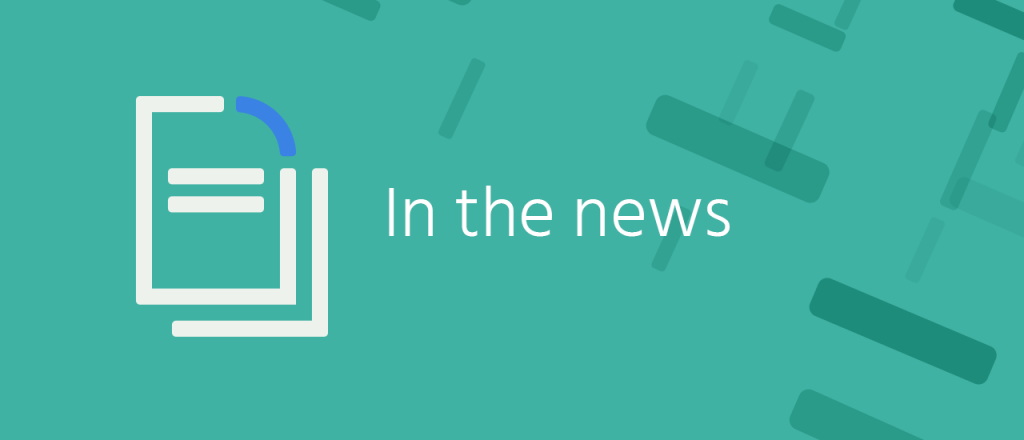BrandPost: How a business-driven SD-WAN can deliver a multiplier effect on your cloud investments
I just left another CIO meeting with a Fortune 100 prospect who was wondering, “why Silver Peak versus the 800-pound gorilla in the networking space that offers several different ‘SD-WAN’ offerings?” The challenge she faced wasn’t about whether it was the best solution or not - Silver Peak cruised through the technical evaluation, easily winning the technical recommendation. What she really wanted to know is if she should trust the future of her next Wide Area Network (WAN) to a private company.This is a challenge we at Silver Peak face in seemingly every account we earn. The technical part isn’t the hard part, as we consistently win product evaluations and bakeoffs. What we have to prove is that it’s actually less risky to choose Silver Peak as the platform to build their next generation WAN on when compared to trying to stretch a Cisco router-centric model. To read this article in full, please click here


